Lipari
Leaving behind the sulphurous air of Vulcano and sailing north you soon come to Lipari. The largest of the seven inhabited Aeolian Islands. Clear blue waters give way to green hills and the ancient fortified walls of Lipari Town rise protectively above its two ports. Lipari is the largest of the Aeolian Islands in the Tyrrhenian Sea off the northern coast of Sicily, southern Italy. It is also the name of the island’s main town. Its population is around 13.000 people, but during the May to September tourist season, the total population may reach up to 20,000. Can you imagine what happens to s small island like this … over crowded!
There is plenty of anchorage possibilities in front of the main town. Although not the easiest. We tried first twice on the left side of town but could not get any good grip. Then we moved to the right side of town. Right in front of the Castle. Beautiful place! Lipari is perfect for provisioning. Great super markets with a very good butcher. Fresh fruits and cheeses. Great! The town has a really Italian atmosphere. Beautiful but …. crowded!
Lipari Town
Lipari Town centres around the café, bar and restaurant in Corso Vittorio Emanuele II. This street runs from north to south between the two harbours – Marina Lunga, where hydrofoils and ferries dock, and Marina Corta, the picturesque old port, home to a splendid piazza offering splendid views of fishing boats, the sailors’ Church of the Anime del Purgatorioto and the sea. High above, on the eastern side of the town and enclosed by the 16th century fortified walls, is the castle, the archaeological museum, the Cathedral of San Bartolomeo, some ancient Greek ruins and a couple of panoramic viewing points. The town is great fun to wander round and has a buzzing atmosphere in the summer months.
Around the island: beaches and other sights
The island is just 9km long and 7km wide. There is a panoramic road that circles the island and provides great driving. North up the east coast from Lipari Town one soon comes to Canneto, a fishing village with a long pebbly beach. On the northern coast of the island is the long lava pebble beach of Acquacalda, a small village whose name derives from the hot volcanic springs that drew pleasure seekers here in antiquity. From the northeastern tip of the island, the road heads inland and south through the foothills of the mountainous interior, whose peaks rise to 600m.
The Aeolian Islands also sometimes referred to as the Lipari Islands or Lipari group and is named after the demigod of the winds Aeolus. The islands’ inhabitants are known as Aeolians (Italian: Eoliani). The islands have a permanent population of around 15.000 people. The islands include Lipari, Vulcano, Salina, Stromboli, Filicudi, Alicudi and Panarea. The present shape of the Aeolian Islands is the result of volcanic activity over a period of 260,000 years. There are two active volcanoes – Stromboli and Vulcano. The volcanic activity of steaming fumaroles and thermal waters are on most of the islands. The volcanic activity has also left the islands with very fertile soil that is conducive to the growth of natural flora. Geologically the archipelago is defined as a volcanic arc. The origin of the Aeolian Islands is due to movement of the Earth’s crust as a result of plate tectonics. The African continental shelf is in constant movement towards Europe. The resulting collision has created a volcanic area with ruptures in the Earth’s crust with consequent eruptions of lava. The “Aeolian Arc” extends for more than 140 km (87 mi), but the area of geological instability caused by the collision of Africa and Europe is much larger. It includes Sicily, Calabria, and Campania together with Greece and the Aegean islands.


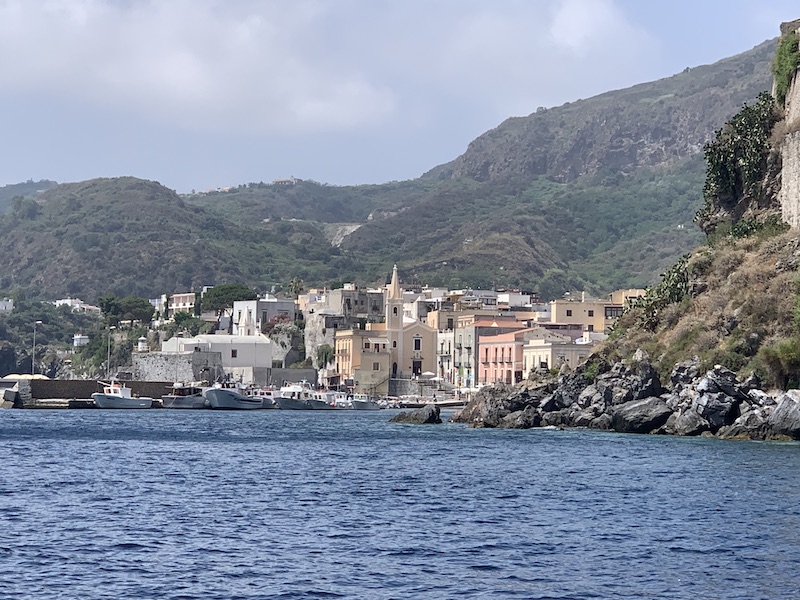
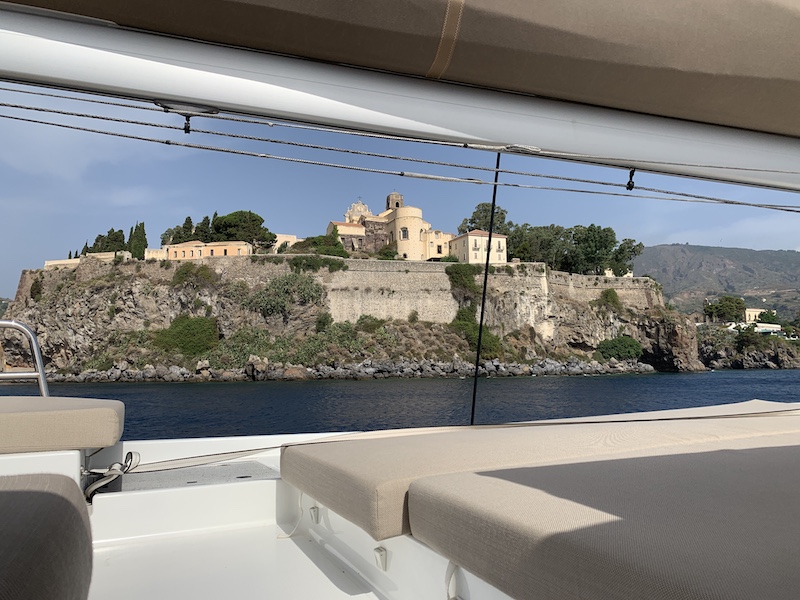


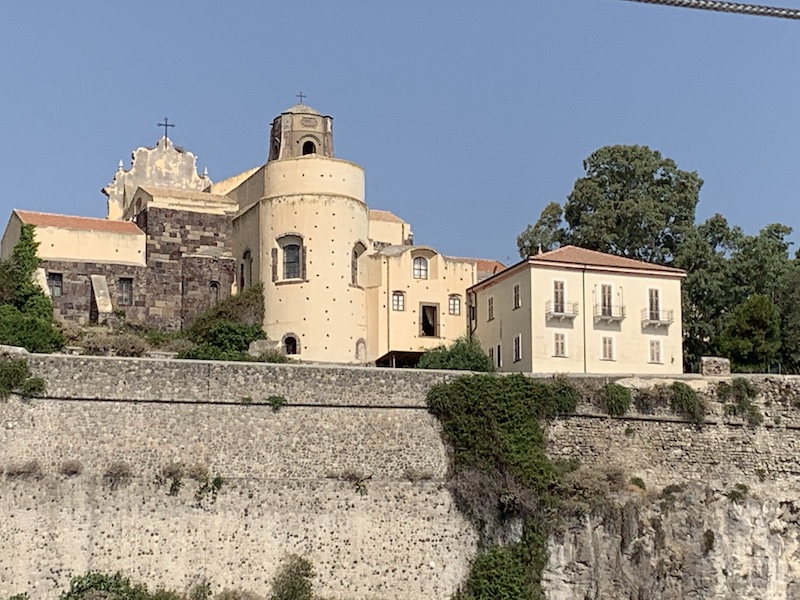
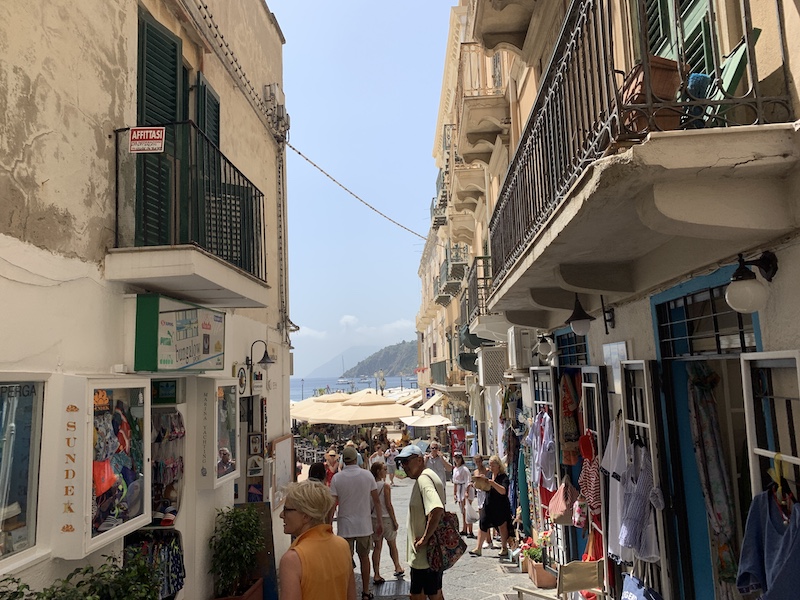
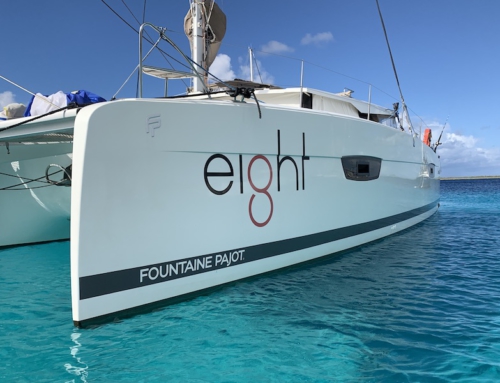
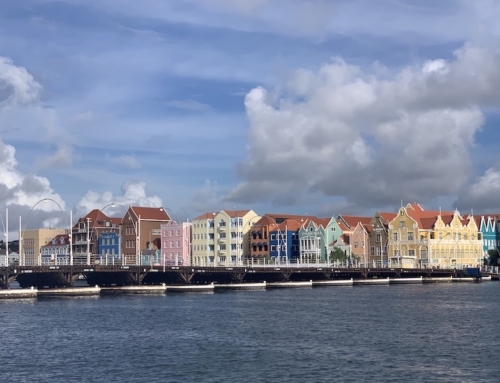
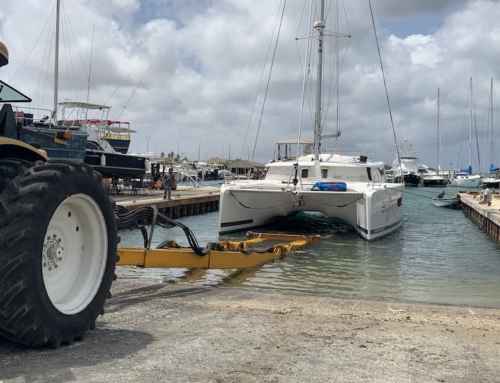
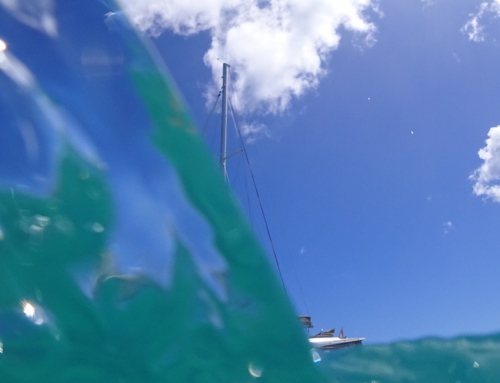
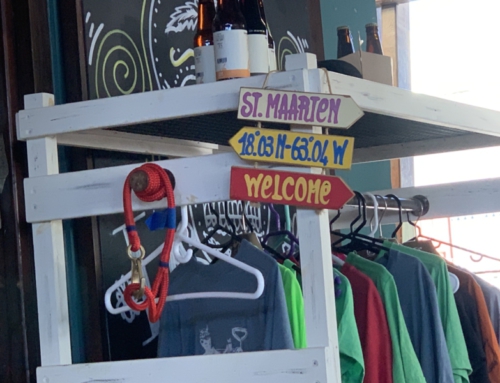
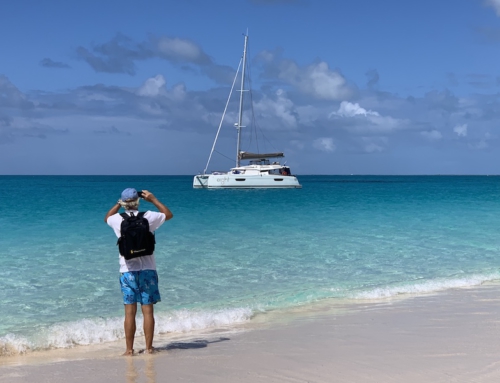
Leave A Comment